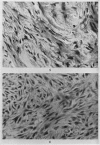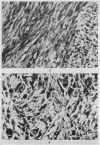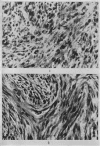Full text
PDF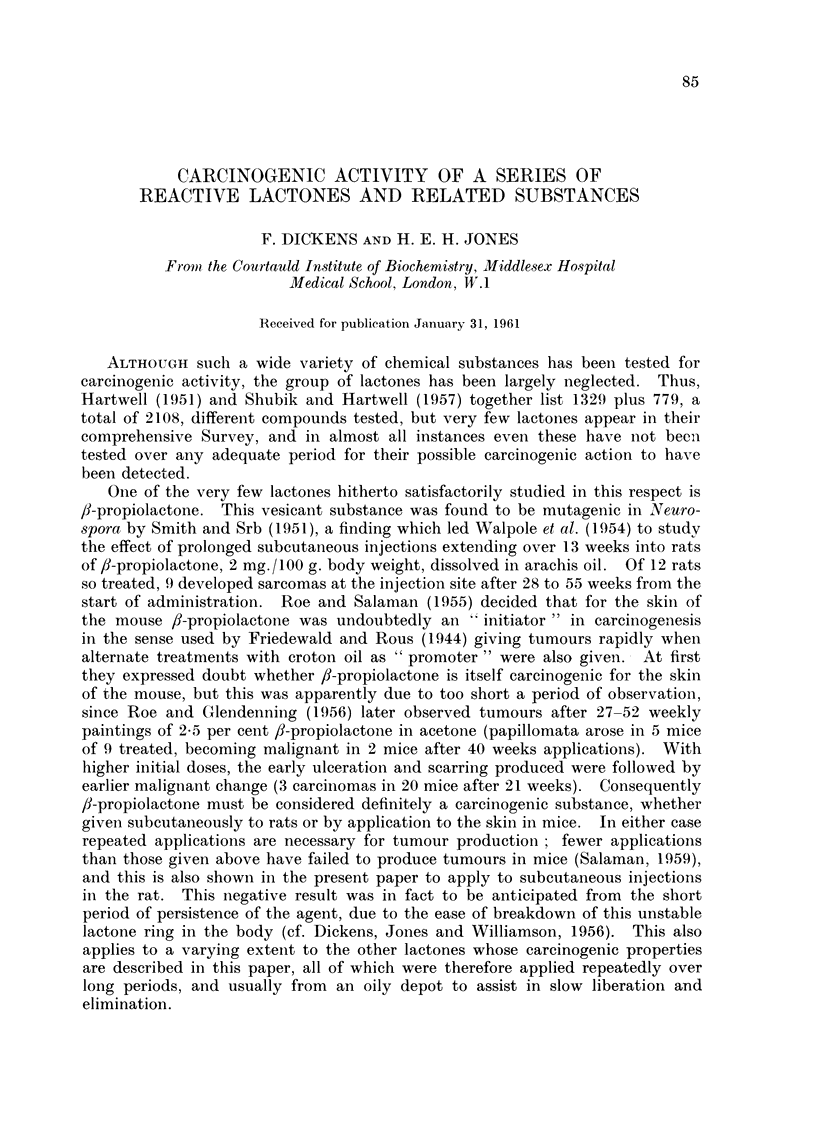
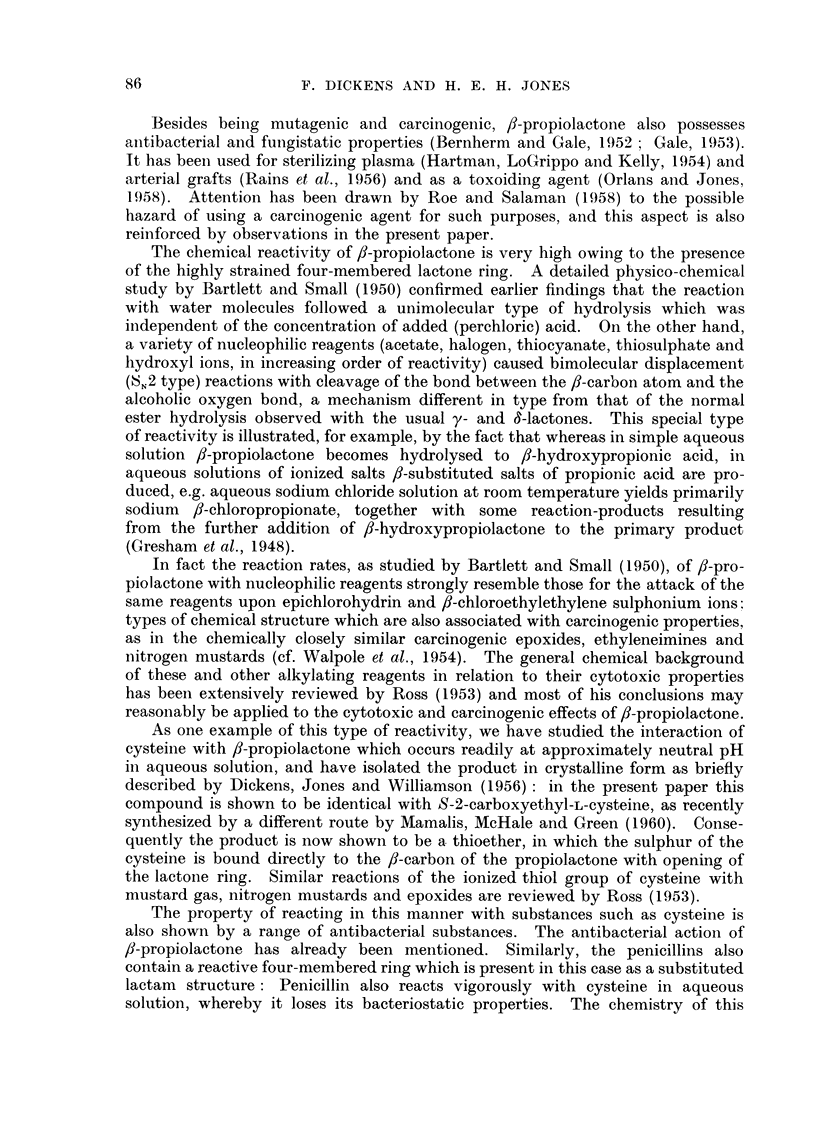
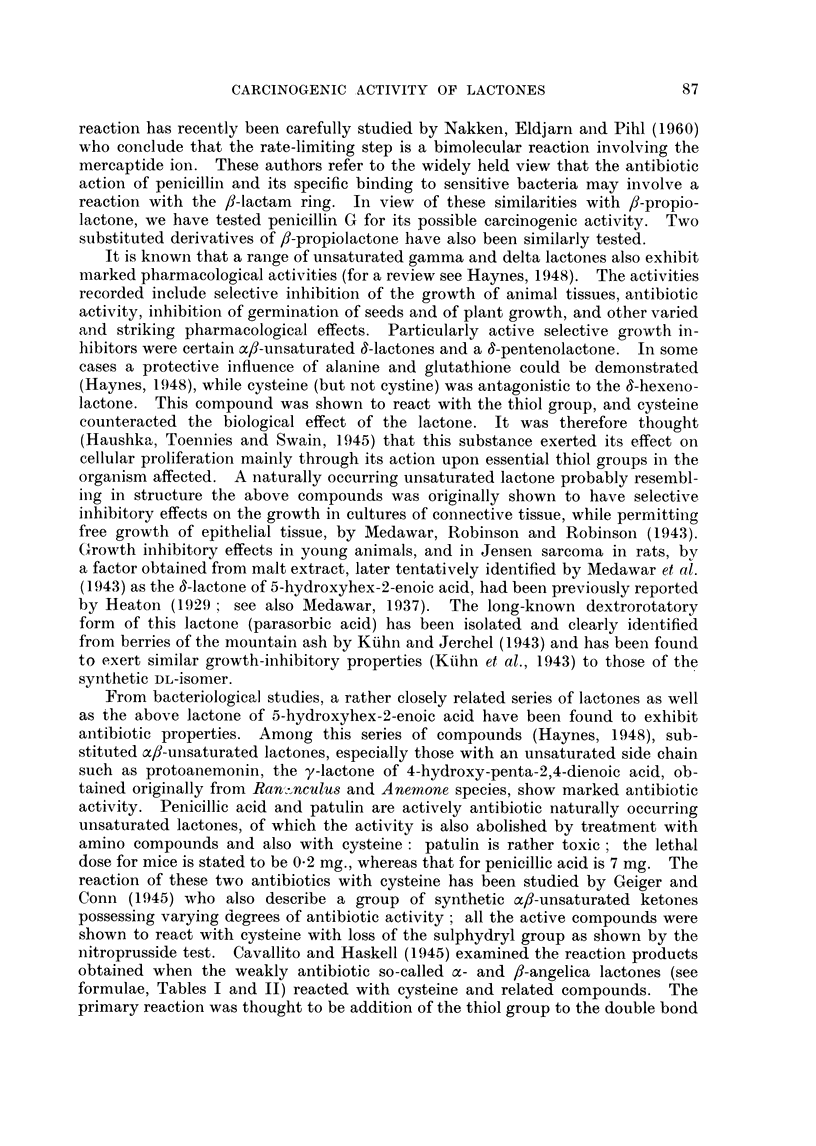
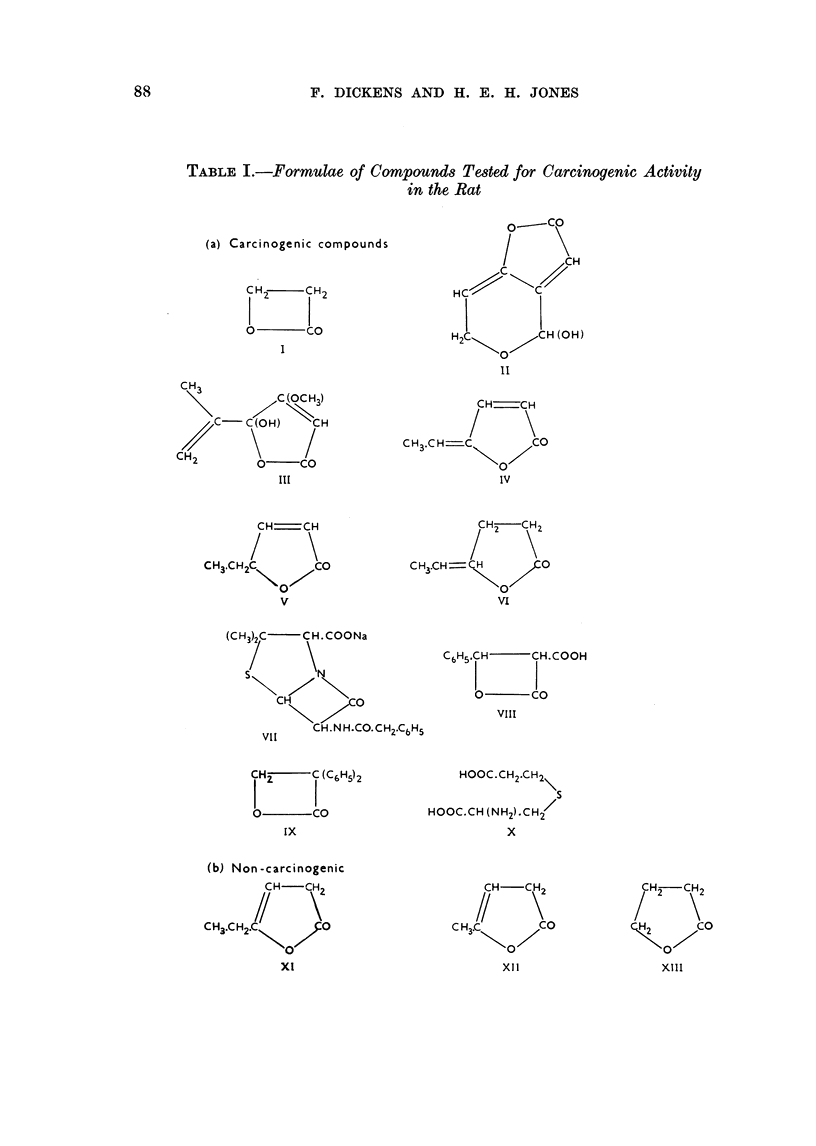
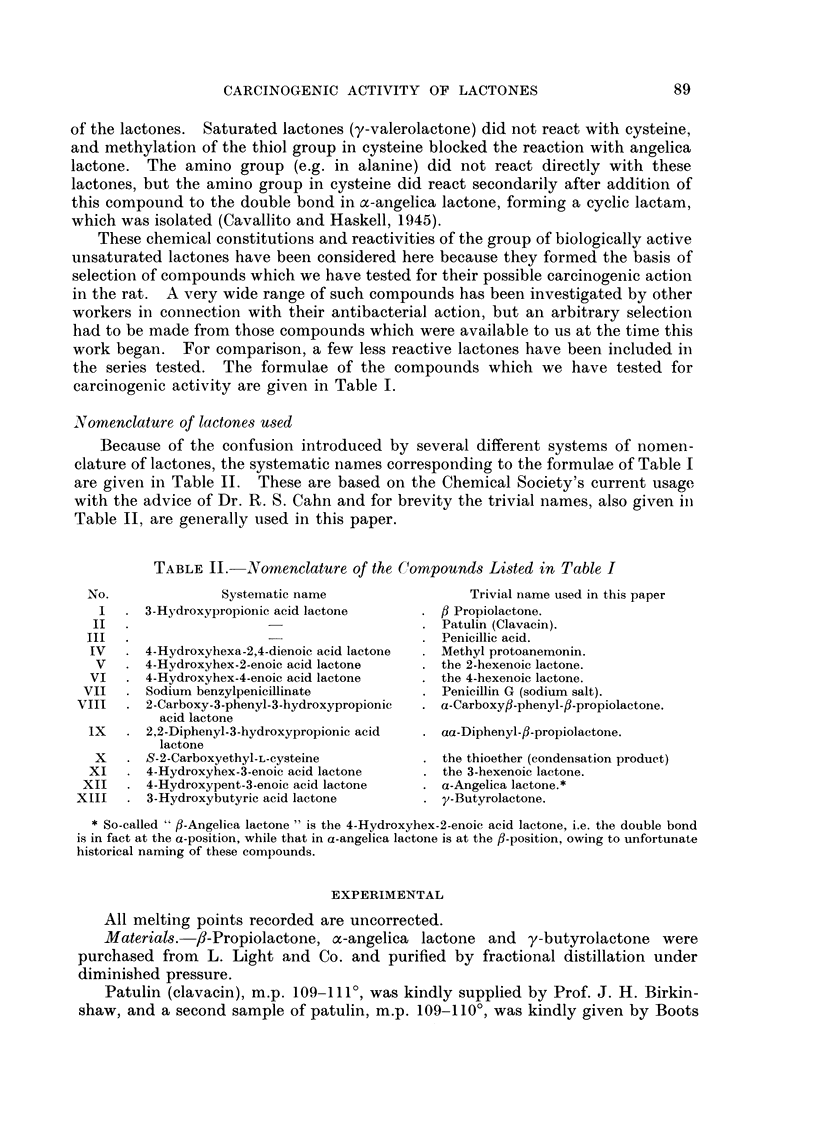


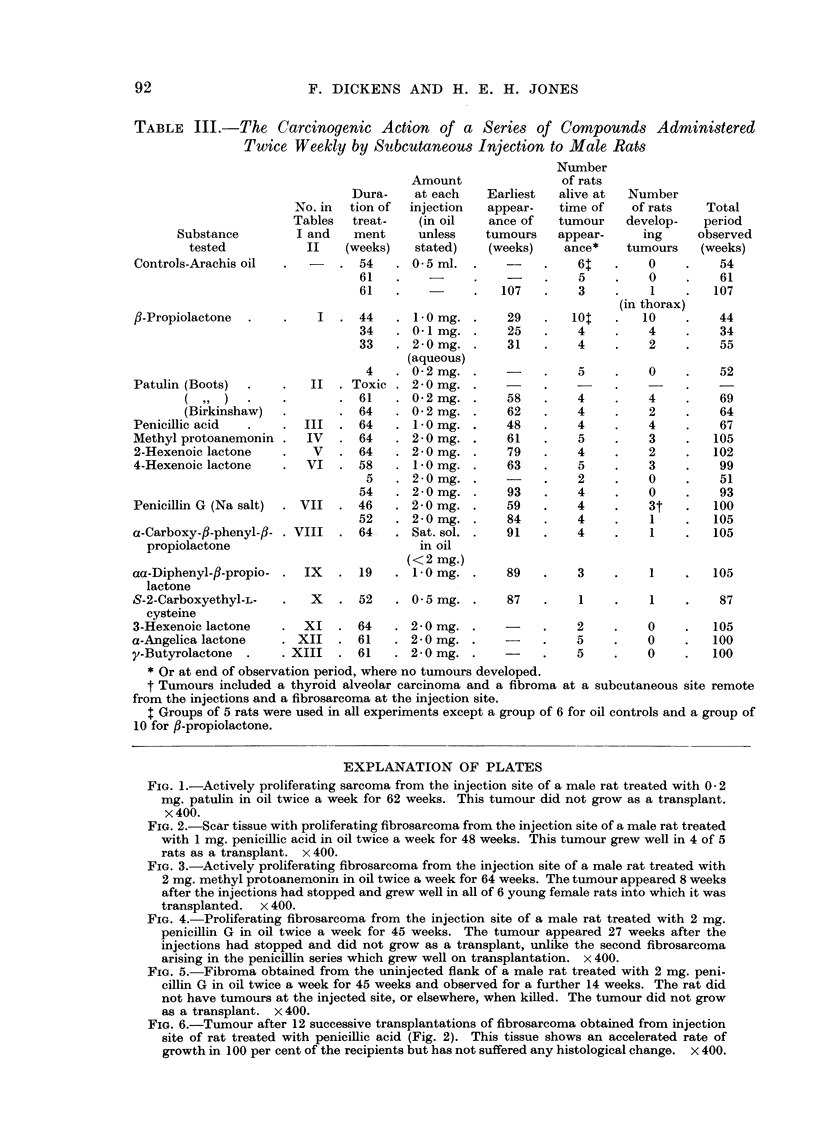
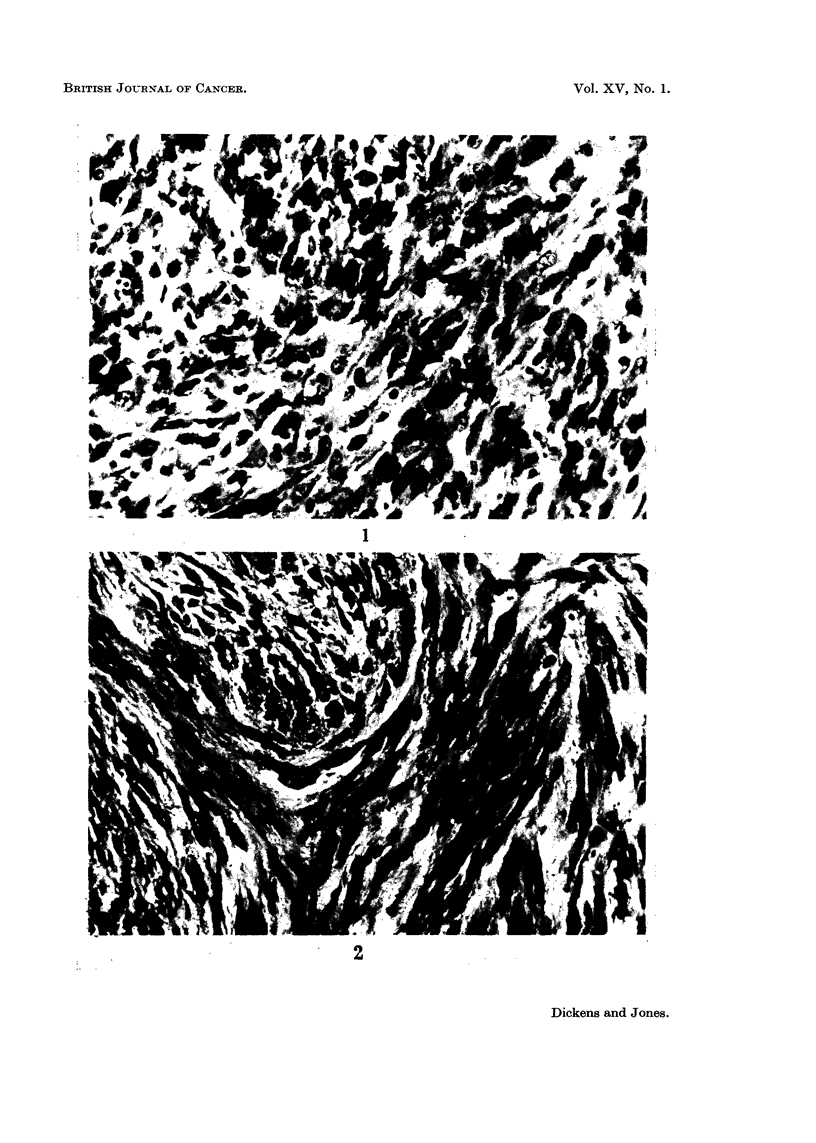
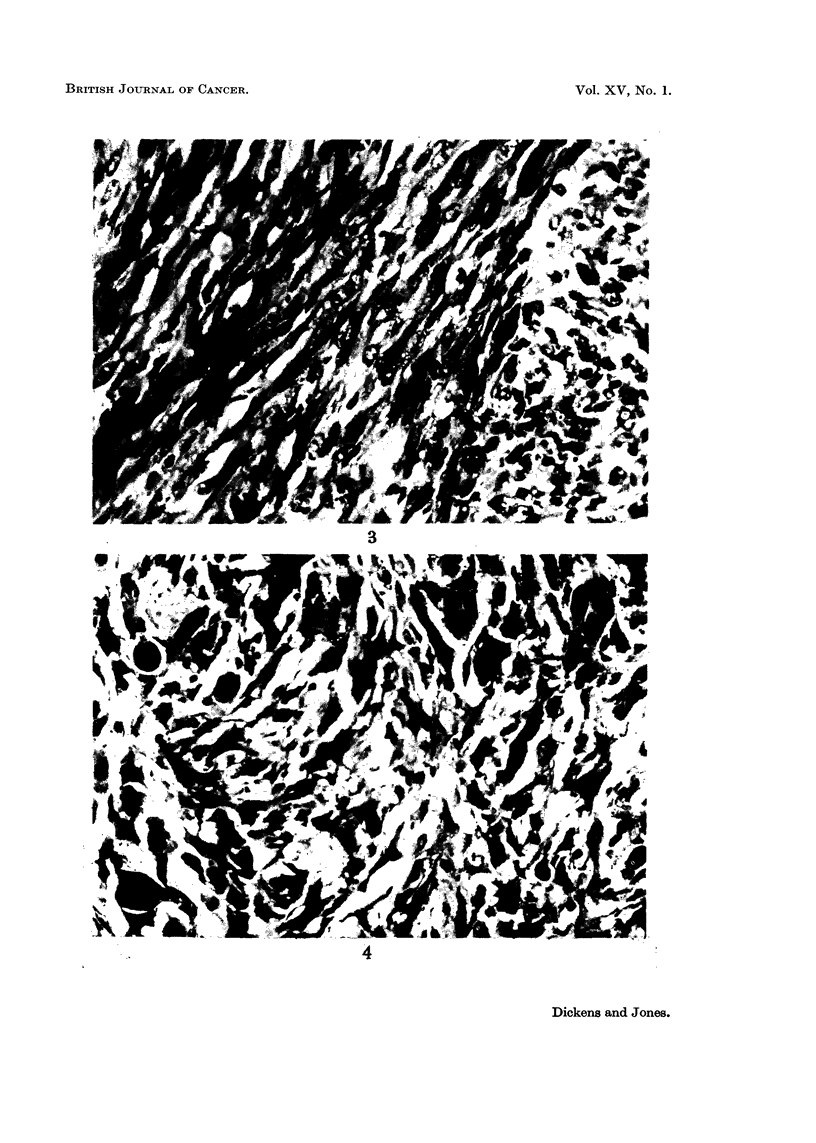
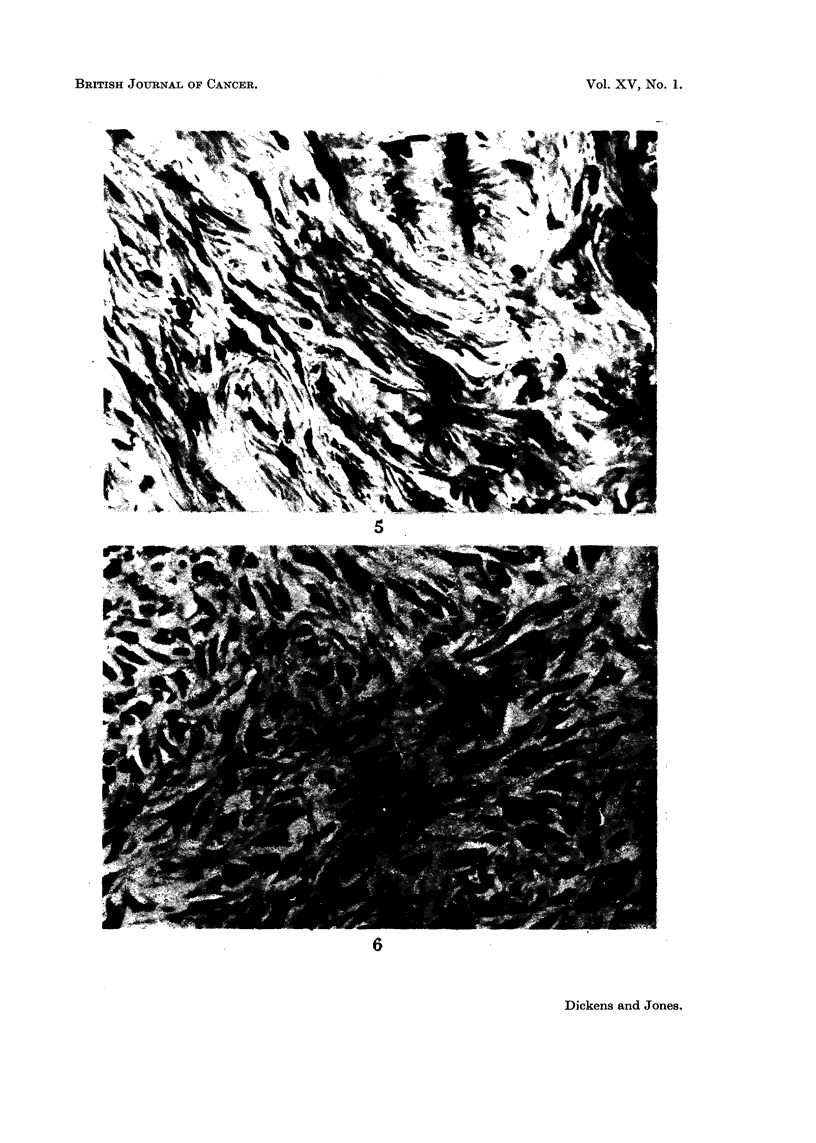
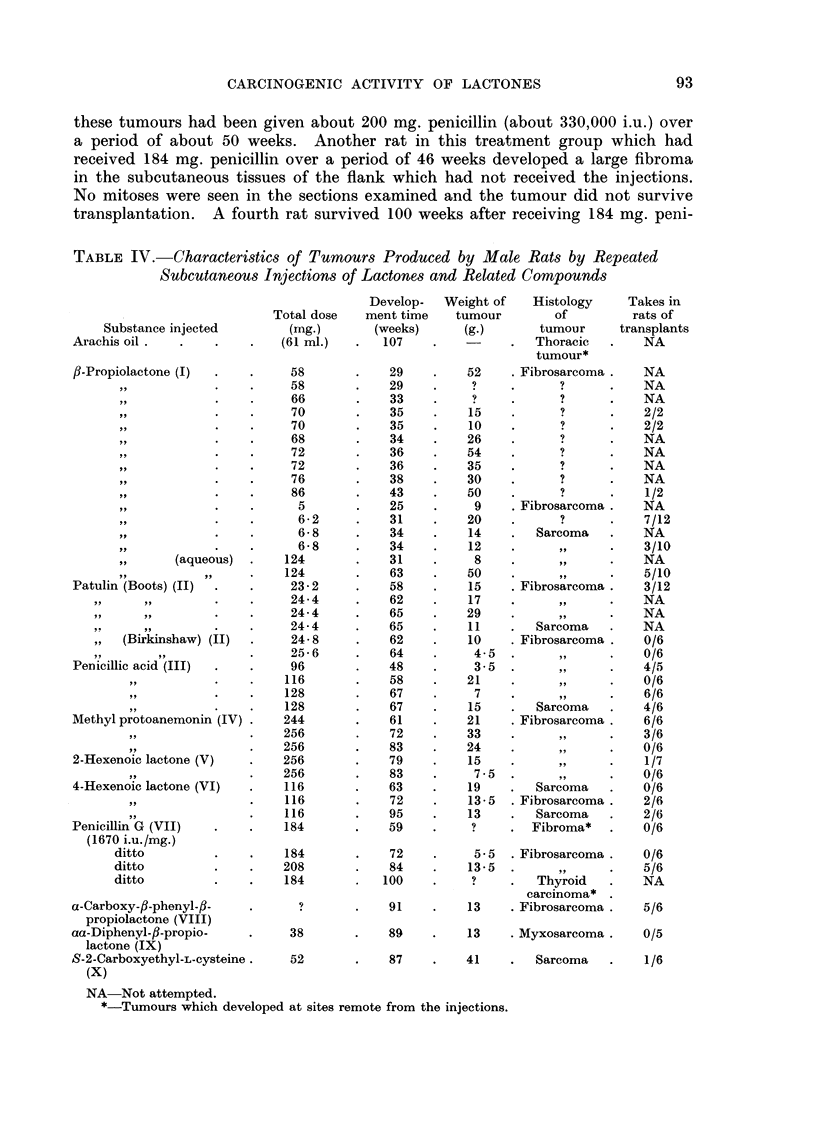
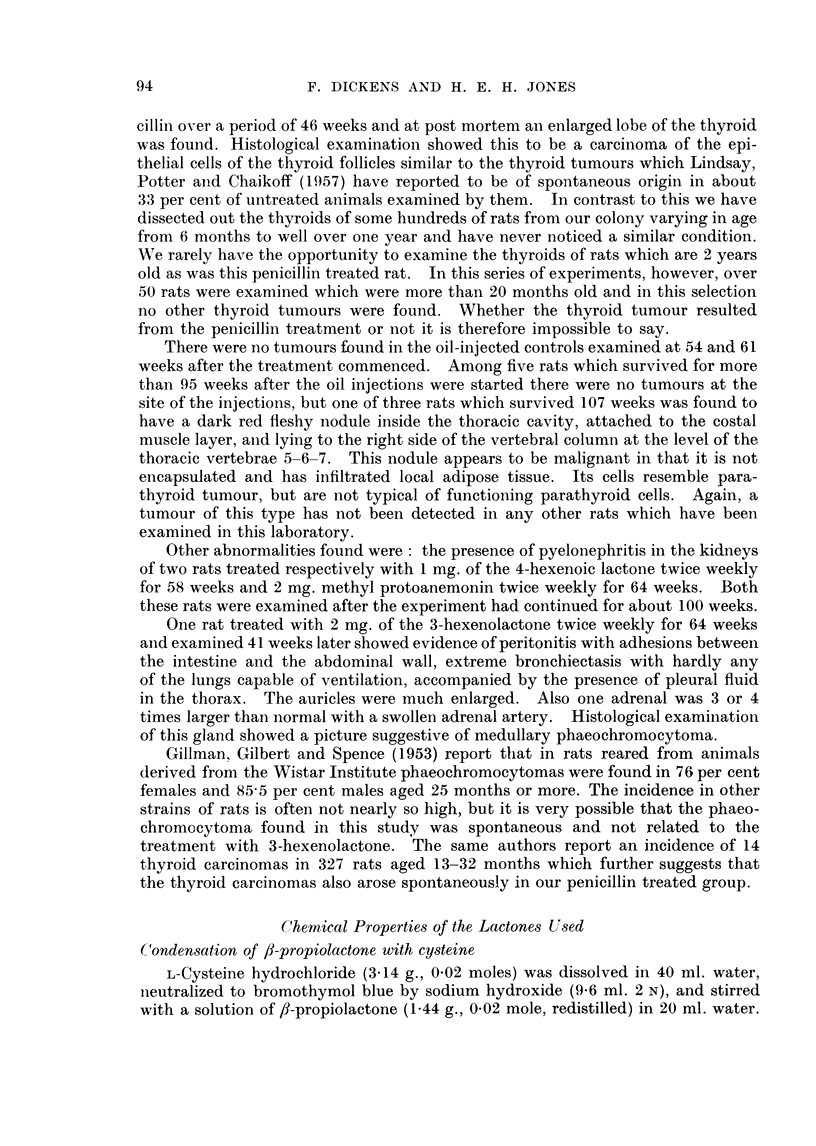
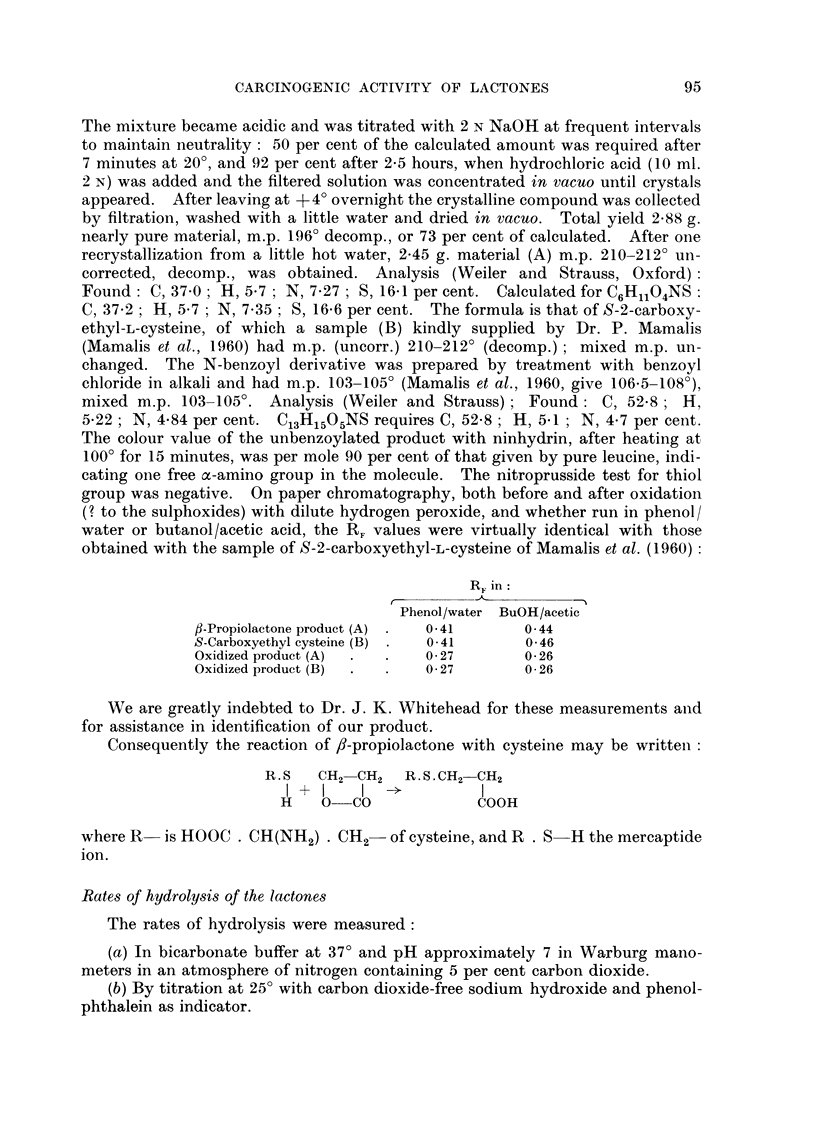
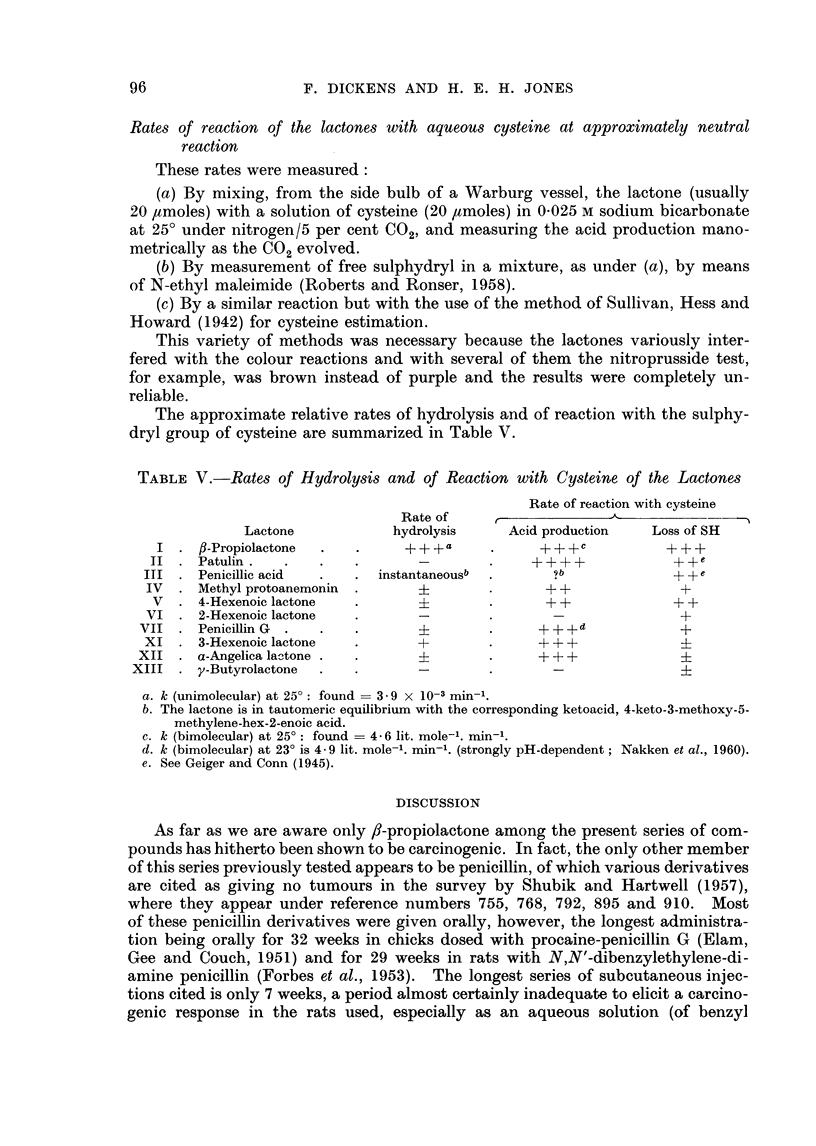
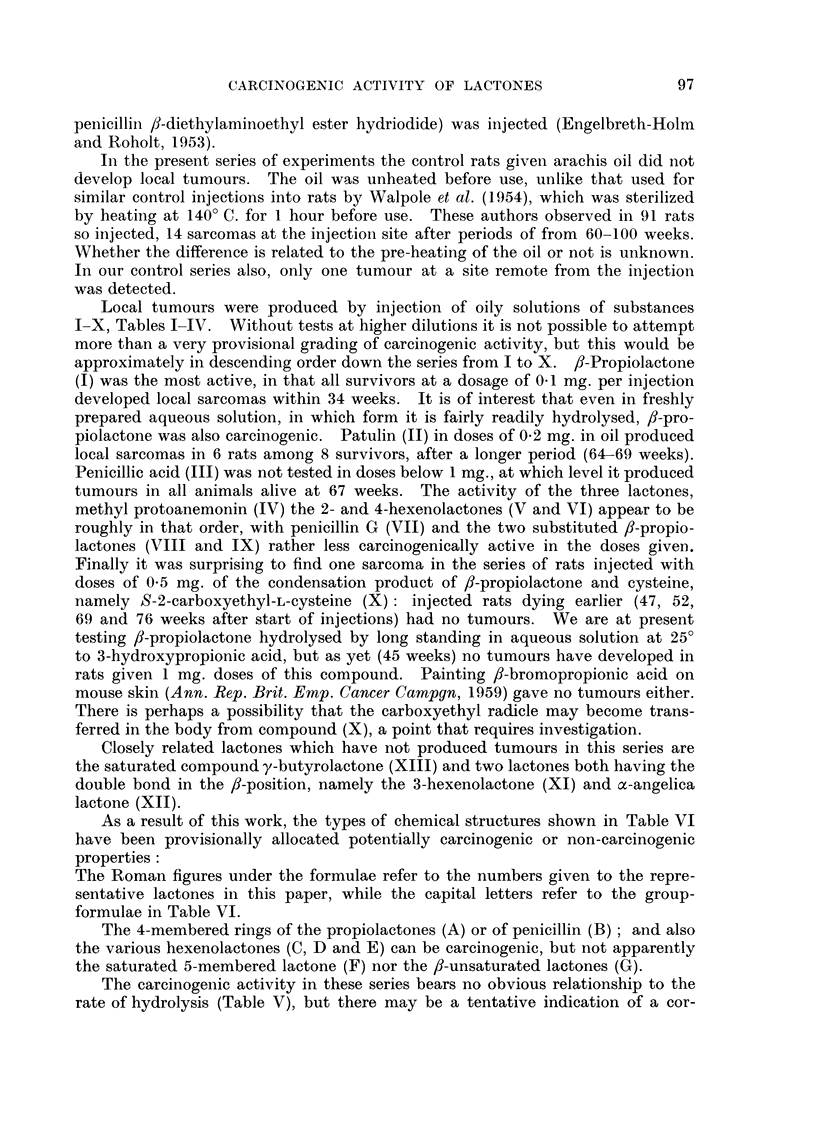
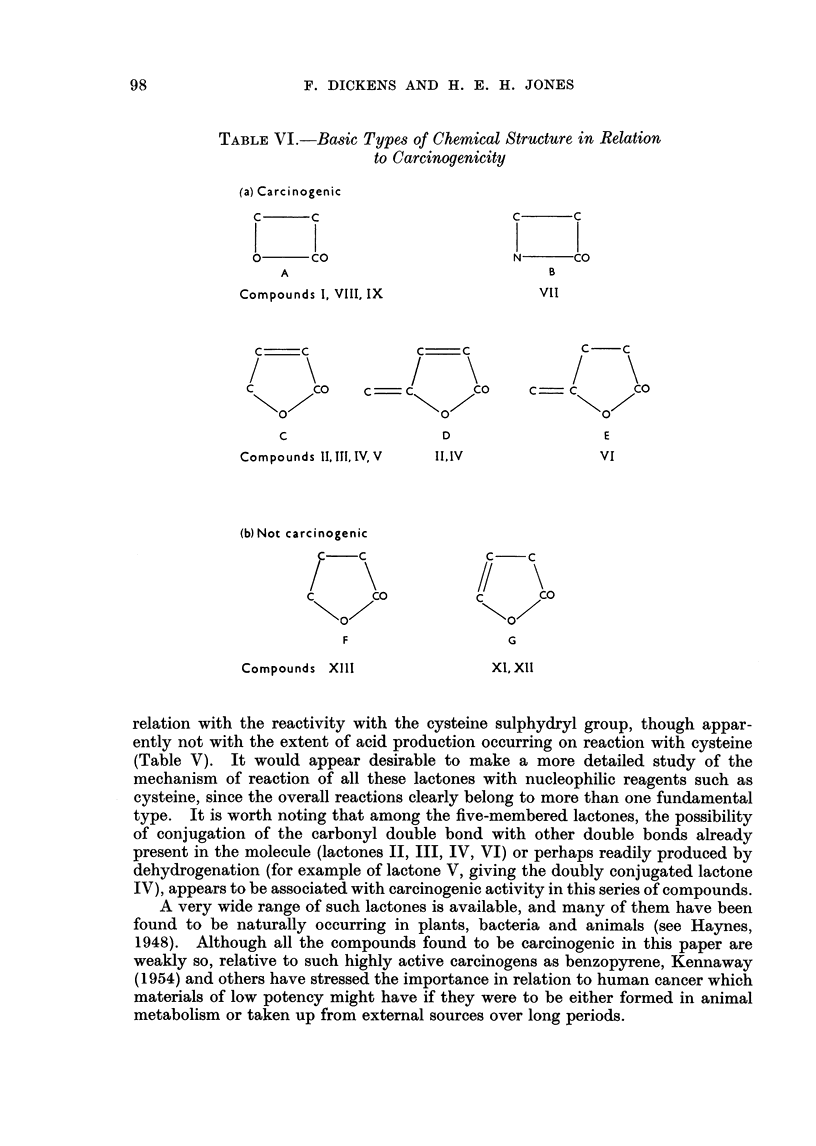
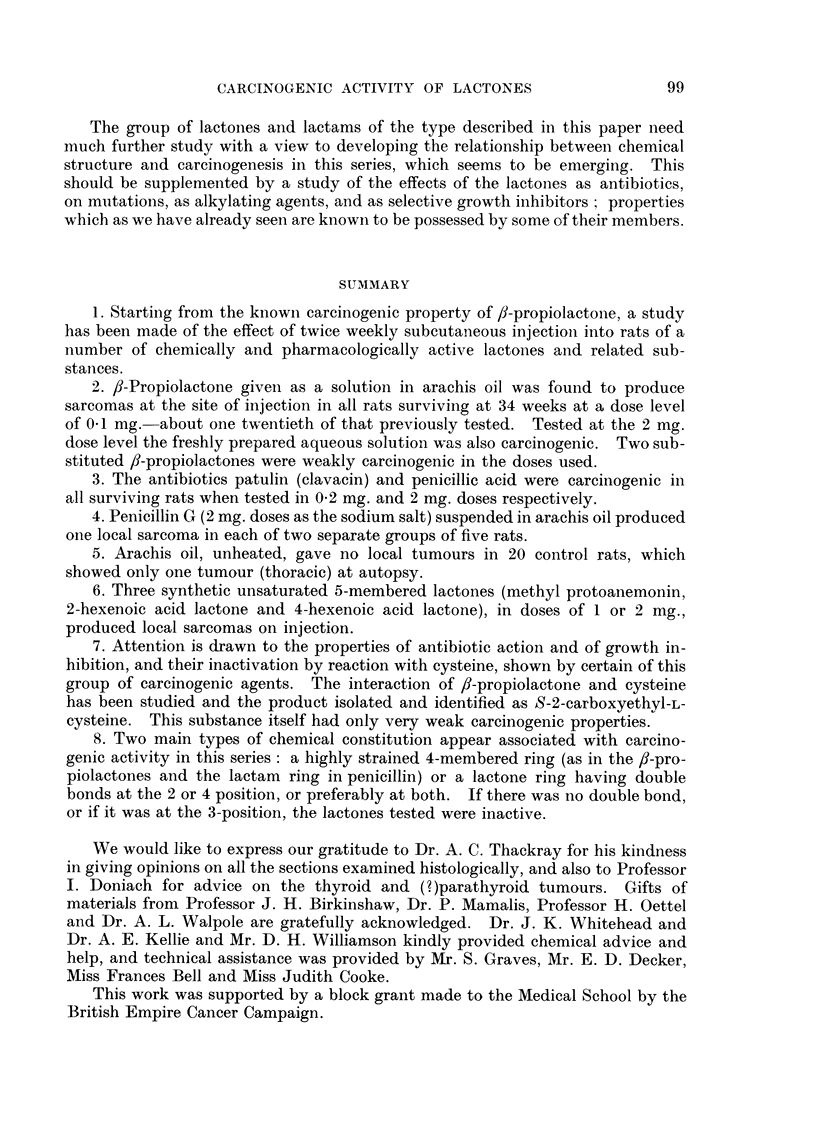
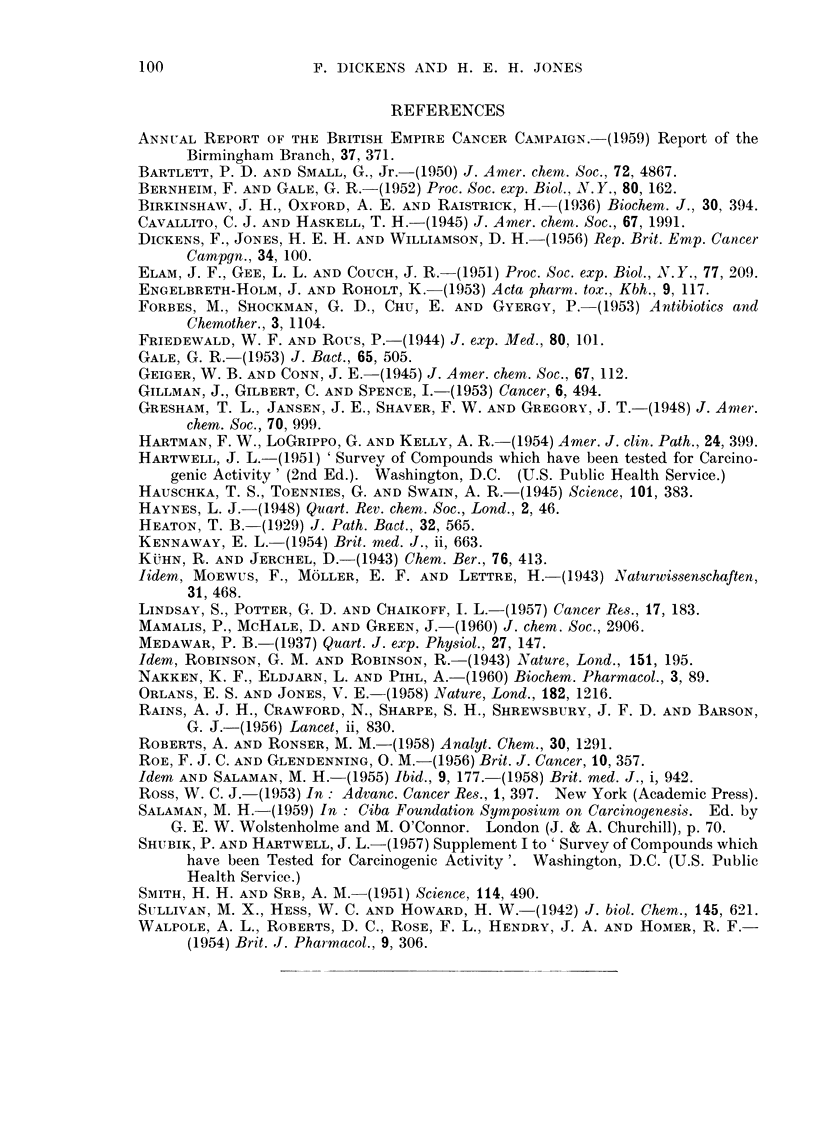
Images in this article
Selected References
These references are in PubMed. This may not be the complete list of references from this article.
- BARSON G. J., CRAWFORD N., RAINS A. J., SHARPE S. H., SHREWSBURY J. F. Management of an artery-graft bank; with special reference to sterilisation by beta-propiolactone. Lancet. 1956 Oct 20;271(6947):830–832. [PubMed] [Google Scholar]
- BERNHEIM F., GALE G. R. Effect of beta-propiolactone on metabolism of pseudomonas aeruginosa and growth of certain fungi. Proc Soc Exp Biol Med. 1952 May;80(1):162–164. doi: 10.3181/00379727-80-19556. [DOI] [PubMed] [Google Scholar]
- Birkinshaw J. H., Oxford A. E., Raistrick H. Studies in the biochemistry of micro-organisms: Penicillic acid, a metabolic product of Penicillium puberulum Bainier and P. cylopium Westling. Biochem J. 1936 Mar;30(3):394–411. doi: 10.1042/bj0300394. [DOI] [PMC free article] [PubMed] [Google Scholar]
- ELAM J. F., GEE L. L., COUCH J. R. Effect of feeding penicillin on the life cycle of the chick. Proc Soc Exp Biol Med. 1951 Jun;77(2):209–213. doi: 10.3181/00379727-77-18726. [DOI] [PubMed] [Google Scholar]
- ENGELBRETH-HOLM J., ROHOLT K. Investigations into the toxicity of benzylpenicillin-beta-diethylaminoethyl ester. Acta Pharmacol Toxicol (Copenh) 1953;9(2):117–124. [PubMed] [Google Scholar]
- GALE G. R. The effect of beta-propiolactone on the metabolism of Blastomyces dermatitidis. J Bacteriol. 1953 May;65(5):505–508. doi: 10.1128/jb.65.5.505-508.1953. [DOI] [PMC free article] [PubMed] [Google Scholar]
- GILLMAN J., GILBERT C., SPENCE I. Phaeochromocytoma in the rat; pathogenesis and collateral reactions and its relation to comparable tumours in man. Cancer. 1953 May;6(3):494–511. doi: 10.1002/1097-0142(195305)6:3<494::aid-cncr2820060308>3.0.co;2-e. [DOI] [PubMed] [Google Scholar]
- GLENDENNING O. M., ROE F. J. The carcinogenicity of beta-propiolactone for mouseskin. Br J Cancer. 1956 Jun;10(2):357–362. doi: 10.1038/bjc.1956.41. [DOI] [PMC free article] [PubMed] [Google Scholar]
- Hauschka T., Toennies G., Swain A. P. THE MECHANISM OF GROWTH INHIBITION BY HEXENOLACTONE. Science. 1945 Apr 13;101(2624):383–385. doi: 10.1126/science.101.2624.383-a. [DOI] [PubMed] [Google Scholar]
- KENNAWAY E. The statistical significance of biological data. Br Med J. 1954 Sep 18;2(4889):663–663. doi: 10.1136/bmj.2.4889.663. [DOI] [PMC free article] [PubMed] [Google Scholar]
- LINDSAY S., POTTER G. D., CHAIKOFF I. L. Thyroid neoplasms in the rat: a comparison of naturally occurring and I131-induced tumors. Cancer Res. 1957 Apr;17(3):183–189. [PubMed] [Google Scholar]
- NAKKEN K. F., ELDJARN L., PIHL A. The mechanism of inactivation of penicillin by cysteine and other mercaptoamines. Biochem Pharmacol. 1960 May;3:89–100. doi: 10.1016/0006-2952(60)90025-3. [DOI] [PubMed] [Google Scholar]
- SMITH H. H., SRB A. M. Induction of mutations with beta-propiolactone. Science. 1951 Nov 9;114(2967):490–492. doi: 10.1126/science.114.2967.490. [DOI] [PubMed] [Google Scholar]
- WALPOLE A. L., ROBERTS D. C., ROSE F. L., HENDRY J. A., HOMER R. F. Cytotoxic agents. IV. The carcinogenic actions of some monofunctional ethyleneimine derivatives. Br J Pharmacol Chemother. 1954 Sep;9(3):306–323. doi: 10.1111/j.1476-5381.1954.tb01686.x. [DOI] [PMC free article] [PubMed] [Google Scholar]



